There are a lot of ways to gain strength through a range of motion. One method that I believe is overlooked by a lot of people is isometric training. Isometrics is basically the act of using force against resistance without changing your muscle length (so, for instance, holding a bicep curl at the 90-degree mark for 30 seconds).
Some of the strongest dudes out there (Steve Justa, Dennis Rogers, and Bud Jeffries, to name just a few) use isometrics to help increase strength gains, which should be a clue that isometric training works pretty well. From a personal standpoint, I can definitely say adding in isometrics to my training helped me push through some strength plateaus I’d been struggling with. But just to be sure we’re on the right track, let’s look at the science.
In 1978, Komi, et al. showed that isometric training increased recruitment of muscle units, improved submaximal load efficiency, and improved oxidative metabolism in the muscle.1 R.H. Parker discovered isometric training was more effective than dynamic training for muscle function improvement.2 Folland, et al. noted that isometric training and dynamic training both had similar results in isokinetic strength gains, while isometric strength gains were significantly larger for isometrically-trained muscles than for dynamically-trained muscles.3
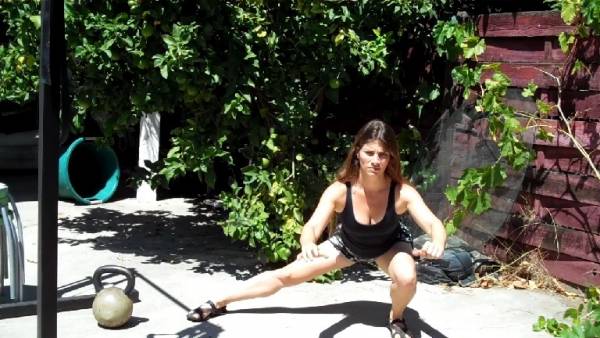 In light of all this sciencey stuff, I think it’s likely safe to say that adding a little isometric training to your life might not be a horrible idea. So let’s talk about a few ways to help make isometric training work for you. I’m going to cover some fun stuff you can try for each of the basic movements (push, pull, hip hinge, squat/lunge). Feel free to run with it from there!
In light of all this sciencey stuff, I think it’s likely safe to say that adding a little isometric training to your life might not be a horrible idea. So let’s talk about a few ways to help make isometric training work for you. I’m going to cover some fun stuff you can try for each of the basic movements (push, pull, hip hinge, squat/lunge). Feel free to run with it from there!
Push Movements:
One way I use isometric training for “push” type movements is by using weighted (or un-weighted, depending on what’s available and how I’m feeling) pushups. I will hold the pushup at several angles for 5-10 seconds per angle.
Below, I demonstrate two kinds of pushups: a regular pushup (un-weighted) and an uneven pushup (un-weighted). You can try all kinds of hand positions (hands rotated in, for instance, or one hand in and one hand out, etc.) and all kinds of arm positions (wide, narrow, one arm straight out in front, one arm 45-degrees to the back, etc.).
Regular pushup pictured on the left. Uneven pushup pictured on the right:
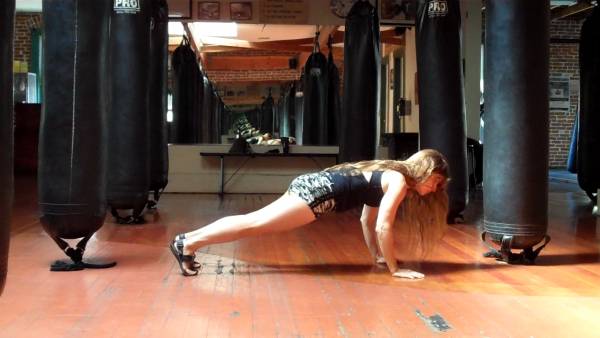
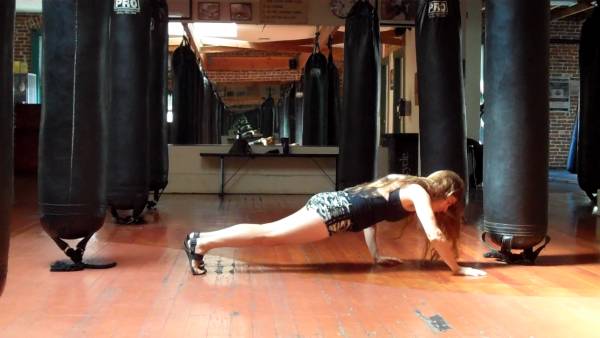
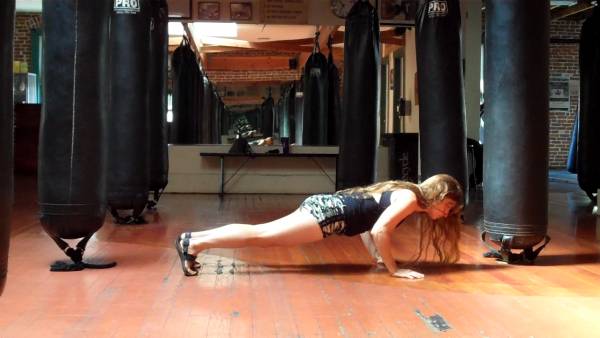
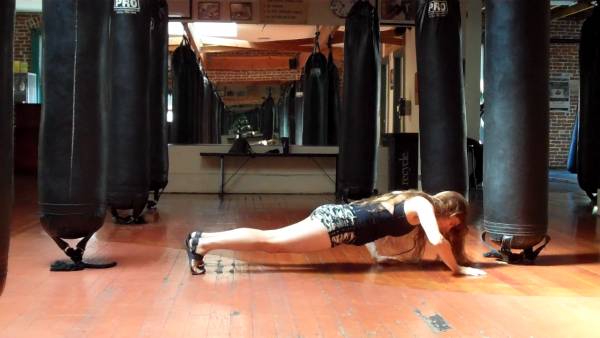
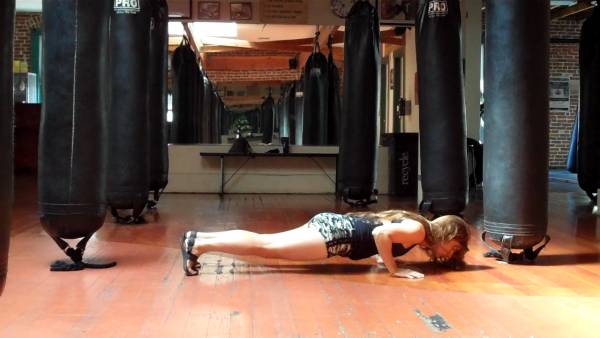
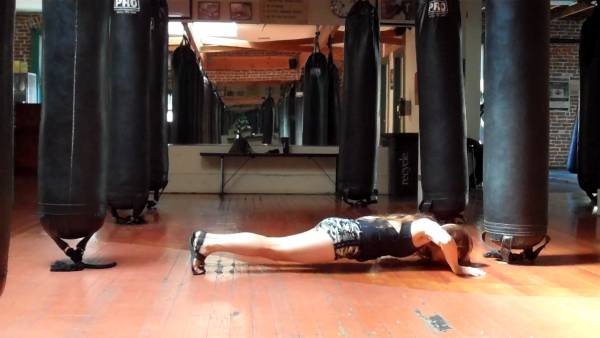
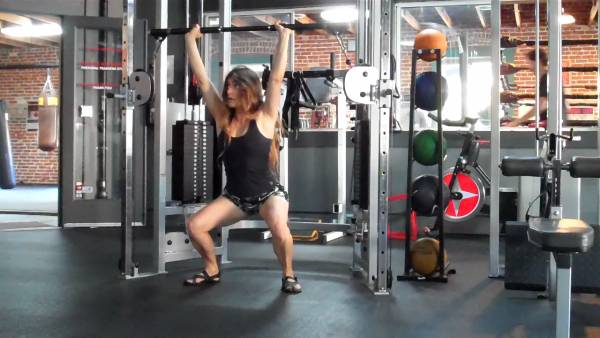 I also do handstands with the arms bent at different degrees, overhead press isometrics at different heights (I’ll use an anchored chain with a handle attached), and recently, I’ve been working hard on overhead squats, so I’m using isometrics to try to build stability at my sticking point, as pictured to the right. I have the cable weights maxed out so I can’t press/stand up with the bar, and I’m pushing as hard as possible up against the bar. To work different angles, I just move the cables up or down.
I also do handstands with the arms bent at different degrees, overhead press isometrics at different heights (I’ll use an anchored chain with a handle attached), and recently, I’ve been working hard on overhead squats, so I’m using isometrics to try to build stability at my sticking point, as pictured to the right. I have the cable weights maxed out so I can’t press/stand up with the bar, and I’m pushing as hard as possible up against the bar. To work different angles, I just move the cables up or down.
Pull Movements:
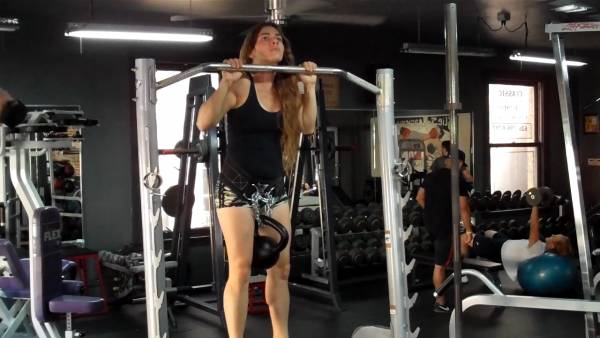 I love pull ups. LOVE THEM. And because I love them so, I’m always trying to gain strength there. So pull ups are a must for my isometric training. I will do them weighted or not weighted (weighted with 14kg pictured here) and do them much the same way that the pushups were done – I hold various angles for 5-10 seconds each.
I love pull ups. LOVE THEM. And because I love them so, I’m always trying to gain strength there. So pull ups are a must for my isometric training. I will do them weighted or not weighted (weighted with 14kg pictured here) and do them much the same way that the pushups were done – I hold various angles for 5-10 seconds each.
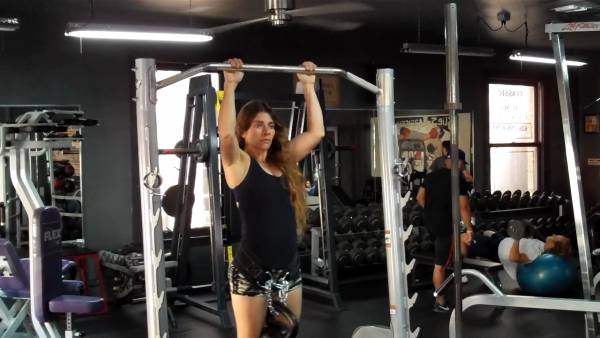
These are easily done with any kind of pull at any angle you like – cables or chains are great for this. Also like to shift my weight to one arm when doing pull ups so most of the effort goes to that arm, then switch arms for the next round.
Hip Hinge Movements:
Deadlifting is another one of my favorite things ever, and I’m working hard on some very big lifts right now. Isometric work is key in this for me. I will often use my anchored chain with a straight bar handle attached to it for deadlifting movements, and other times I just load a bar with much more weight than I can lift and just pull against it.
Sometimes I use the actual rack (as pictured here). It has a very wide grip space, so I get a great grip workout while I do this, and at the same time, there’s no setup needed, since there’s no way I can lift the loaded rack (…yet). I do these at various heights and angles. Pictured here are a wide-stance pull and a Jefferson-type pull. I hold each pull for 5-10 seconds (see a pattern here?). The idea is to pull at max effort against the load.
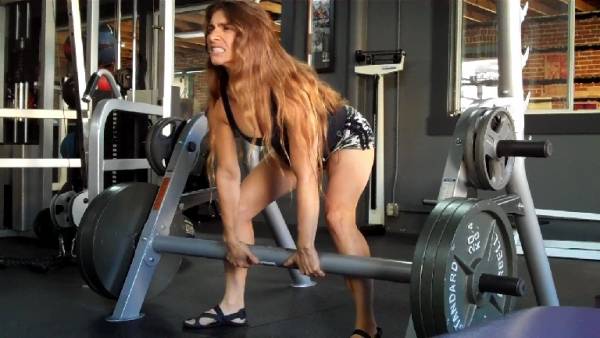
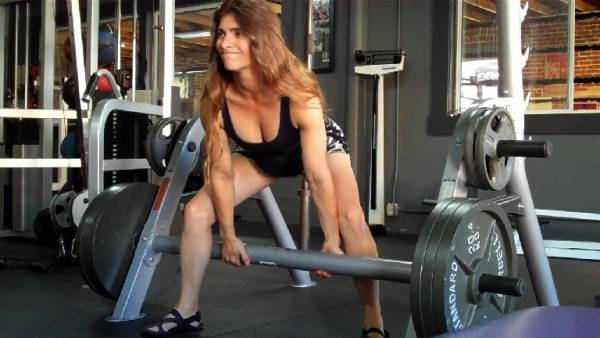
I will try to do these through any position I can think of – standing next to the bar, standing in front of the bar, etc. – to build strength through as many muscle angles as possible.
Squat/Lunge Movements:
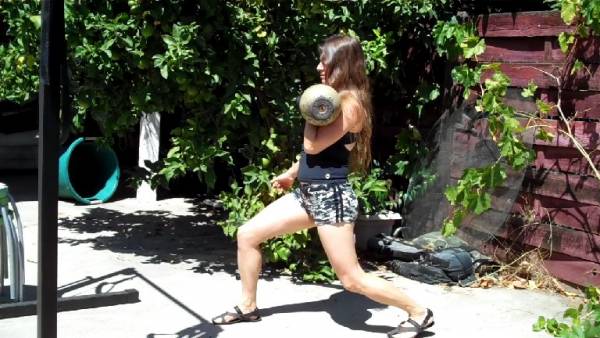 Much in the same way as the pushup and the pull up were performed, I’m going to hold my squat or lunge at any angle I like for – guess what – 5-10 seconds. (By the way, this 5-10 second number isn’t a rule – it’s just arbitrary, but I find it works well for me. And for moves like the overhead press or the deadlift, 10 seconds is asking a whole lot of a max effort.) I like to weight my lunges unilaterally (20kg shown here), but that’s a personal preference.
Much in the same way as the pushup and the pull up were performed, I’m going to hold my squat or lunge at any angle I like for – guess what – 5-10 seconds. (By the way, this 5-10 second number isn’t a rule – it’s just arbitrary, but I find it works well for me. And for moves like the overhead press or the deadlift, 10 seconds is asking a whole lot of a max effort.) I like to weight my lunges unilaterally (20kg shown here), but that’s a personal preference.
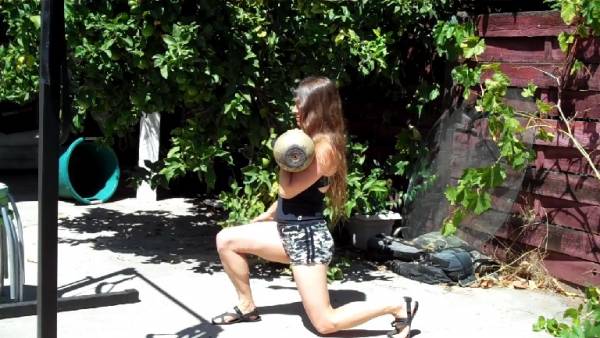 Like the pushup, you can change the angles of your feet and legs to try different kinds of lunges, like a side lunge.
Like the pushup, you can change the angles of your feet and legs to try different kinds of lunges, like a side lunge.
Another movement I love of this ilk is the good ole wall sit. I like to compete with myself on these, trying to hold them for longer and longer periods of time, weighted or not. I do them one-legged at times, as well. They are super fun!
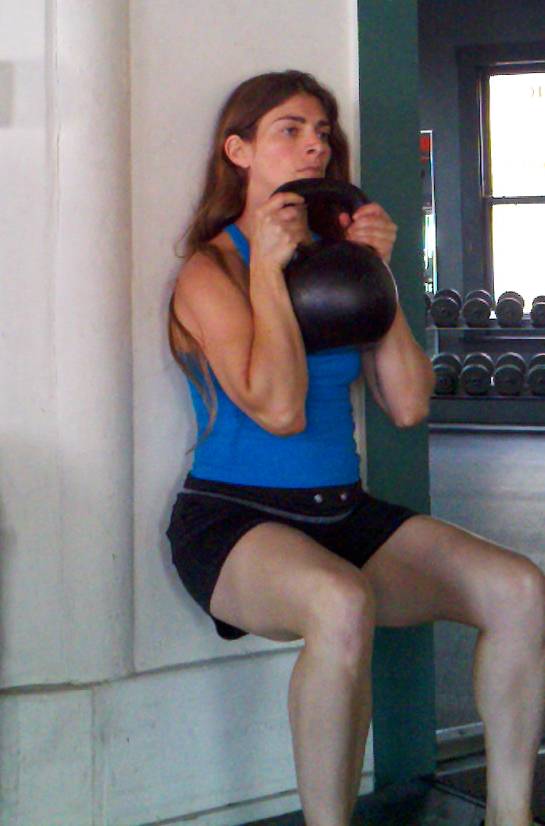
How to Implement
I usually integrate isometrics into my workouts by doing a set of isometrics at different angles, concentrating particularly on my sticking point angles, for a particular move (say, an overhead press), resting about 2 minutes, and then busting out
a true set of that move. I sometimes, on my off days, do a few rounds of bodyweight isometrics as a sort of “grease the groove” type of movement. I have been known to include some occlusion training when I do this, but that is fodder for another article.
Give isometrics a try for a few weeks and see how it affects your performance. I’d love to hear how it goes!






